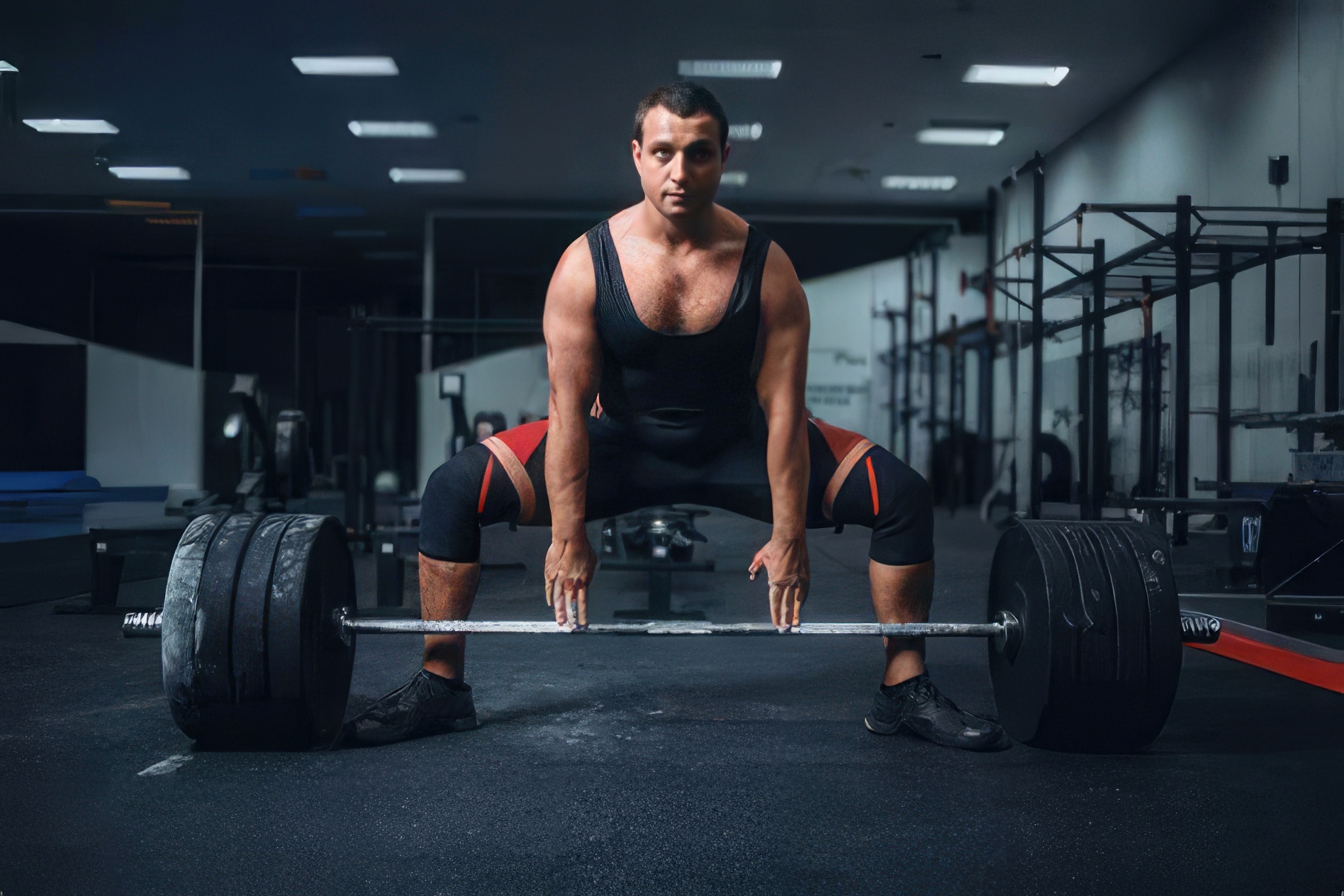
The sumo deadlift muscles worked is a compound exercise that engages multiple muscle groups, making it an excellent choice for building strength and power. It differs from the conventional deadlift in that the stance is wider and the hands are positioned inside the feet.
Muscle Activation in a Sumo Deadlift

During a sumo deadlift, several muscle groups work synergistically:
- Quadriceps: The wide stance and upright torso recruit the quadriceps heavily, especially at the start of the lift. They are responsible for extending the knees as the bar leaves the ground.
- Glutes: The gluteus maximus plays a vital role in hip extension, particularly as you lock out the lift.
- Hamstrings: While the hamstrings are less engaged compared to a conventional deadlift, they still assist in hip extension.
- Adductors: The wider stance activates the inner thighs (adductors), which stabilize the legs and contribute to the upward motion.
- Spinal Erectors: These muscles maintain spinal integrity and prevent rounding of the back during the lift.
Proper Posture and Form to Prevent Injury

Follow these steps for optimal technique:
- Stance: Position your feet wider than shoulder-width, with toes slightly pointed outward (30–45 degrees). The exact width depends on individual hip mobility.
- Grip and Positioning: Grip the barbell inside your knees with your arms straight. Keep your hands shoulder-width apart and ensure your shoulders are directly above the bar.
- Spine Alignment: Keep your back straight and chest lifted throughout the movement. Avoid rounding your lower back to protect the lumbar spine.
- Hips and Knees: Start with your hips slightly above knee level. As you lift, you can squeeze your glutes and push through your heels.
- Bar Path: Keep the barbell as close to your body as possible. This reduces unnecessary stress on your lower back.
- Breathing and Bracing: Take a deep breath into your abdomen before lifting, and brace your core to stabilize the spine.
Sumo deadlift is an exercise that I do regularly because it can reduce the stress on the lower back compared to conventional styles, making it a safer alternative for me with lumbar spine problems. So for those of you who have the same illness as me, sumo deadlift is an option that must be tried.
By following proper form and gradually increasing weight, sumo deadlift muscles worked is a safe and effective way to build strength. Consistent warm-ups, stretching, and form checks are key to preventing injury.

FAQs of Sumo Deadlift Muscles Worked
What muscles are primarily worked in the sumo deadlift?
The sumo deadlift primarily targets the quadriceps, glutes, and adductors. It also engages the hamstrings, spinal erectors, and upper back muscles like the trapezius and rhomboids for stability.
How is the muscle activation in the sumo deadlift?
This exercise places more emphasis on the quadriceps and adductors.
Does the sumo deadlift work the core muscles?
Yes, the core muscles, including the abdominals and obliques, are heavily engaged to maintain stability and protect the spine.
Is the sumo deadlift better for glutes?
Yes, the sumo stance enhances glute activation, particularly during the lockout phase of the lift.

Guntur is a bodybuilding and powerlifting enthusiast. He is also the main author of this blog https://learn-bodybuilding.com/
Guntur also works as a Personal Trainer in his town.
In his free time, he likes to learn new languages and reading.
You can contact him from this website’s Contact Page.